INDIAN ARMED FORCES CHIEFS ON OUR RELENTLESS AND FOCUSED PUBLISHING EFFORTS

The insightful articles, inspiring narrations and analytical perspectives presented by the Editorial Team, establish an alluring connect with the reader. My compliments and best wishes to SP Guide Publications.

"Over the past 60 years, the growth of SP Guide Publications has mirrored the rising stature of Indian Navy. Its well-researched and informative magazines on Defence and Aerospace sector have served to shape an educated opinion of our military personnel, policy makers and the public alike. I wish SP's Publication team continued success, fair winds and following seas in all future endeavour!"

Since, its inception in 1964, SP Guide Publications has consistently demonstrated commitment to high-quality journalism in the aerospace and defence sectors, earning a well-deserved reputation as Asia's largest media house in this domain. I wish SP Guide Publications continued success in its pursuit of excellence.
- Operation Sindoor: Resolute yet Restrained
- India’s Operation Sindoor Sends a Clear Message to Terror and the World – ‘ZERO TOLERANCE’
- Japan and India set forth a defence cooperation consultancy framework, talks on tank and jet engines
- Terrorist Attack in Pahalgam in Kashmir: Unfolding a long surgical war against PAK
- Lt General Pratik Sharma takes over Command of Indian Army's Northern Command
Future of Space Tourism
Space tourism is rapidly growing, driven by private sector innovation, with market projections estimating $4 billion in annual revenue by 2030 and a broader $1 trillion global space industry by 2040.
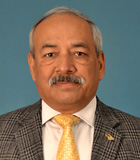 |
The Author has served as Assistant Chief of Air Staff Offensive Operations and Assistant Chief of Integrated Defence Staff Tech Intelligence. Held appointments related to offensive operations at Air HQ and ISR matters at HQ IDS. |
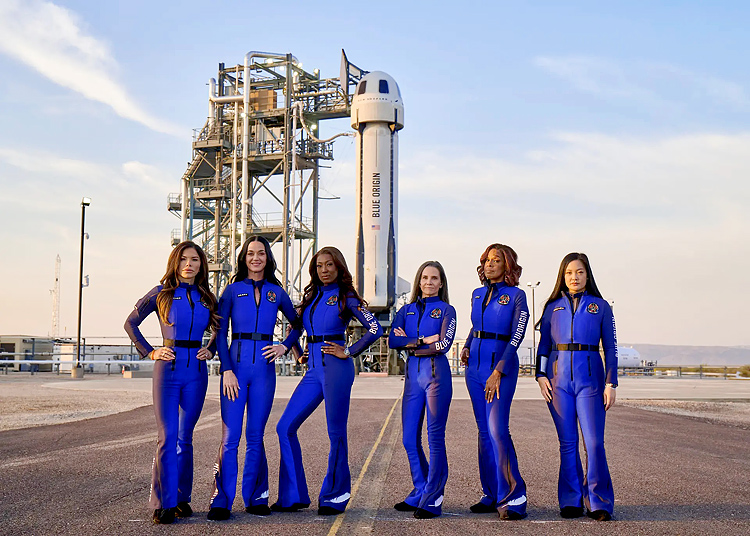
Space tourism is travel beyond Earth's atmosphere for recreational, adventure or fun purposes, offering private citizens the unique opportunity to view Earth from a new perspective and experience the thrill of weightlessness and space exploration.
Historic All-Women Space Flight
On April 14, 2025, six women accomplished their sci-fi adventure dream when they safely completed a trip to the edge of outer space, upto the Karman line (a widely recognised as marker of where space begins, roughly 100 kms above the Earth) and landed back at Texas. The feat was achieved onboard New Shepard capsule of Blue Origin company owned by Jeff Bezos, the Amazon co-founder and commercial space flight entrepreneur. This all women crew included Bezos's fiancé, Lauren Sánchez, the pop star Katy Perry, TV host Gayle King, NASA rocket scientist Aisha Bowe, civil rights activist Amanda Nguyen and film producer Kerianne Flynn.
Elon Musk's SpaceX, Jeff Bezos's Blue Origin, and Richard Branson's Virgin Galactic are at the forefront of the commercial space tourism race, each with unique technologies and approaches
As was expected, all the six women were seen to be highly emotional as they came out of the capsule. This was the 11th human flight for the New Shepard, which has flown 52 people to space prior to this one.
Contours of the Rocket and the Flight
The rocket is named after Alan Shepard, the first US astronaut to reach space in 1961, who also walked on the moon. The single-engine New Shepard rocket is a fully reusable sub-orbital launch vehicle developed for space tourism. On April 14, it blasted off from Texas, the flight lasted 10 minutes.
It is interesting to know how this space flight works. New Shepard is the centerpiece rocket of Blue Origin's space tourism business. It is a booster rocket approximately 60-foot-tall rocket with a 'gum-dropped shape' crew capsule of 530-cubic-foot space with a seating capacity of six crew.
Recent estimates suggest a robust economic potential for the commercial space travel industry, with UBS predicting a $4 billion annual revenue by 2030 and Morgan Stanley forecasting a $1 trillion global space industry by 2040
On April 14, it got off the ground right on time at 9:30 am from Blue Origin's Launch Site One, a launch pad in rural West Texas about 160 kms from of El Paso. The mission has a set profile that lasts about 10 minutes, it takes-off and lands vertically. It zooms to a high point of roughly 100 kms, the Kármán line. At this altitude, the booster rocket releases its crewed capsule and the booster then begins a descent back toward the ground, reigniting its single engine to land vertically concrete-slab, four kms from its launch pad. Whereas, the crew capsule is suspended in a free fall at 100 kms with the passengers experiencing roughly four minutes of weightlessness in microgravity.
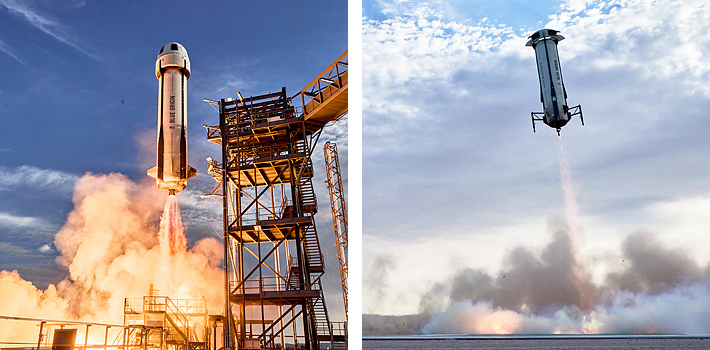
Each seat has its own window of 3.5 feet by 2.3 feet which offers views of Earth's curved horizon where atmosphere meets space. The capsule undertakes a journey termed as 'stable freefall' which is broken by an initial set of parachutes, followed by another set of three bigger parachutes that are deployed to further control the descent. Milliseconds before landing in the desert, the capsule releases a burst of air from its underside to cushion the touchdown, releasing a puff of dust. The seats inside are assisted by a scissor-like mechanism that further soften the landing load.
Understanding Space Tourism
Simplistically put, Space tourism, is travel beyond Earth's atmosphere for recreational, adventure or fun purposes. It offers private citizens the unique opportunity to view Earth from an entirely new perspective and experience the thrill of weightlessness, microgravity and space exploration. The concept of space tourism evokes a sense of awe and wonder, igniting excitement and fascination within us.
US businessman Dennis Tito is credited to be the first space tourist, when on April 28, 2001, he took a flight on the Russian spacecraft Soyuz, spent seven days on board the International Space Station (ISS). This was the outcome of the 1990s deal worth $20 million. Since then, space tourism has gained prominence as more sub-orbital and orbital tourism opportunities have become available.
While challenges remain, the future of space tourism promises to be an era of unprecedented discovery and adventure, expanding our horizons and redefining what it means to travel
The idea of cruising beyond the Earth's atmosphere into the boundless expanse of space has captivated the human imagination since ages. There is a general aspiration coupled with a sense of adventurism in human psyche to view the Earth from an absolutely unique perspective, admire the beauty of mother Earth from 100s of kms and experience weightlessness. With recent technological progress, this aspiration is no longer limited to astronauts and scientists alone.
Private Sector Innovation in Space Tourism
The idea of space tourism is rapidly approaching reality courtesy the technological advancements and the growing interest of private companies in space exploration. These companies follow a highly innovative approach and have been investing a fair amount of money and human capital. Each one of them thus have a unique approach and technology towards space tourism.
Elon Musk's SpaceX has already conducted crewed missions to the International Space Station (ISS) and is developing the Starship spacecraft to carry passengers to the Moon and Mars. SpaceX has pioneered rocket reusability, significantly reducing the costs of space launches. In the not-too-distant future, SpaceX could offer orbital trips to tourists, allowing them to experience microgravity and views of Earth from space. SpaceX is also known to be targeting more ambitious missions, including trips to the ISS or even around the Moon.
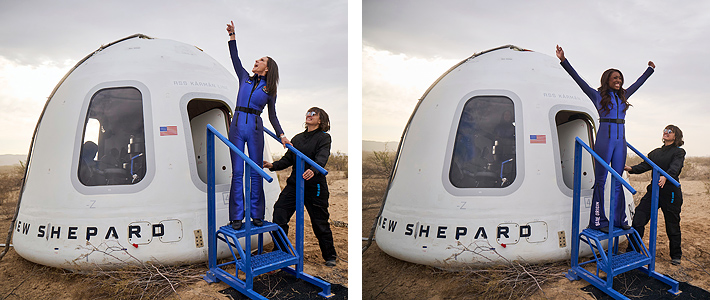
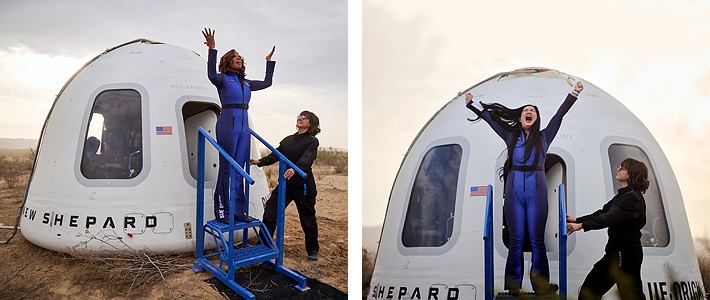
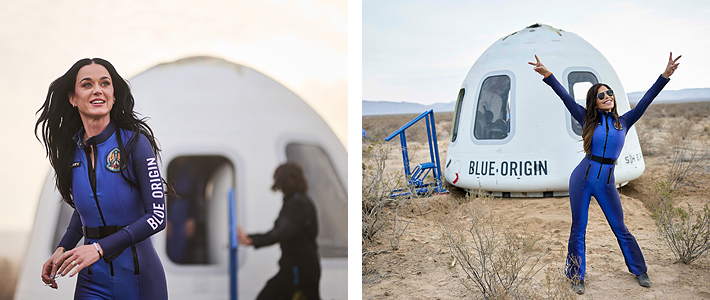
Blue Origin of Jeff Bezos, has focused its efforts on sub-orbital flights onboard its New Shepard rocket. These flights offer 10 minutes of weightlessness and a spectacular view of the Earth's curvature from the edge of space. Blue Origin aims to make these flights accessible to a more people, democratizing the space experience, albeit commercially.
Virgin Galactic of Richard Branson, is also developing a sub-orbital tourism experience with its SpaceShipTwo vehicle. Passengers experience a few minutes of weightlessness and panoramic views of Earth before returning to the surface.
Bezos and Musk are among the richest in the world, both have heavy investment in space sector. Bezos is also competing with Elon Musk and their space race is entering a new era. Presently Elon Musk maybe ahead in the space race, Bezos too has been steadily progressing two major projects that are likely to challenge Elon Musk's dominance, viz. New Glenn, a massive rocket that will compete directly with SpaceX's reusable Falcon-9 rockets and Project Kuiper, deploying a network of satellites that will challenge SpaceX's Starlink network in providing internet access from space in low Earth orbit (LEO).
Potential and Growth of Space Tourism
Recent estimates suggest a robust economic potential for the commercial space travel industry. A report by UBS indicates that the market for space tourism could reach revenue of $4 billion annually by 2030 whereas Morgan Stanley report estimates the global space technology industry to achieve revenue of $1 trillion by 2040.
Possibilities of space tourism are endless, from suborbital flights to orbital flights, this sector is transforming into a symbol of technological advancements. This nascent industry is facilitating not only transportation to commercial space stations and even staying in human habitats in space like a few orbital hotels.
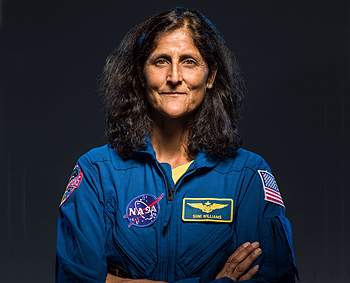
"It's important to understand that space is an incredibly harsh environment, and there's a lot of training that goes into preparing astronauts. To make space tourism safe, it needs to be taken seriously"
— Sunita William, Astronaut, NASA
Technology as a Game-Changer
Rapid technological advancements is significantly impacting the growth of the space tourism industry. Improved rocket technology allows not only for safer and more reliable travel but also for the reuse of rockets, which significantly cuts down the cost. Innovations in fuel efficiency, navigation systems, cabin design, and safety measures are playing a major role in making space travel more accessible. In future, development of safer and more efficient spacecraft would be fundamental to making space travel economically viable for more people.
Today, advancements in digital technology have enhanced simulation training for passengers. Traditional training regimens are being supplemented with Virtual Reality (VR) and Augmented Reality (AR) simulations that reproduce the conditions that the crew is likely to face during space travel. VR and AR are revolutionising space tourism industry by providing immersive experiences for passengers, delivering a feel of space before the launch also training tourists for potential physical and psychological challenges during the trip thereby ensuring that they are adequately prepared for their journey into space.
Space travel as tourism still seems to be for the wealthy due to exorbitant cost. However, with advancements in technology and economies of scale brought about once the tourism catches up, the cost of reaching space will gradually reduce. This will further prove instrumental in opening up opportunities for commercial space tourism activities. Lower costs not only make space tourism more commercially viable but also facilitate a greater frequency of trips. As the accessibility of journeys to space rises, the industry appeals to a larger segment of consumers looking to satisfy their curiosity about the existence beyond our planet.
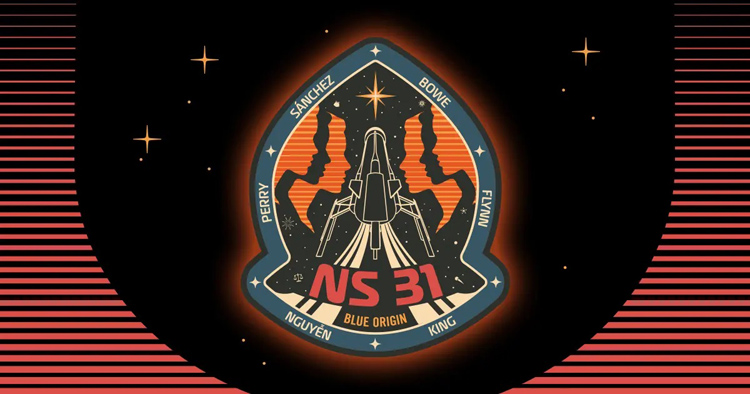
Space tourism presents numerous investment opportunities that promise significant returns in the long run. Private companies are seriously exploring the concept of developing human habitats in space. Akin to a sci-fi novels, under consideration are private space stations like luxury hotels orbiting Earth, offering tourists a unique glimpse of the space and the Earth. Further, offering personalised experiences including space walk could also attract more adventure space tourists. These options while being financially rewarding could also progress human settlements in space.
Safety is Paramount
An interesting part of the space travel as narrated by some of the crew has been the exhaustive training that is imparted by each company prior to launch. This includes time spent on VR/AR simulators, centrifuges, freefall experiences etc. Sunita Williams the famous astronaut with 62 hours and 6 minutes of cumulative space walking record and experience of 608 days in space over her three flights, expresses a sense of caution towards space tourism. She emphasises, "It's important to understand that space is an incredibly harsh environment, and there's a lot of training that goes into preparing astronauts. To make space tourism safe, it needs to be taken seriously."
India's Presence into Space Tourism
In the Indian context, former ISRO Chairman S. Somnath had mentioned that reusable launch vehicle are vital since that makes the prospect economical. Indian space tourism plans remain at a nascent stage and ISRO is in the process of developing and testing its Reusable Launch Vehicle (RLV), so far it has successfully tested the Autonomous Landing capability while orbital reentry tests are still a work in progress. Presently ISRO's priority is Mission Gaganyaan. Indian private space companies like Agnikul, Skyroot and a few others are in the process of designing and developing launch vehicles of various lift capabilities, some of those are likely to play a pivotal role in making space more accessible for space tourism, both for orbital space tourism and eventually for lunar space tourism.
At the global scenario, the future of space tourism looks full of exciting possibilities, such as trips to the Moon and Mars, offering unique and personalised experiences, from spacewalks to the chance to explore new worlds. While challenges remain to be overcome, the future of space tourism promises to be an era of unprecedented discovery and adventure, expanding our horizons and redefining what it means to travel.





